In the Tanesashi Coast Mt. Hashikami region, besides Mt. Hashikami where a deity is enshrined, there are shrines scattered throughout the area, each with its own legends that have been handed down through the generations of living together with the sea. A land that has lived with nature, which at times brings blessings and at other times wonders. Touring spots where gods are enshrined allow visitors to ponder on the prayers of the people.
Kabushima Shrine
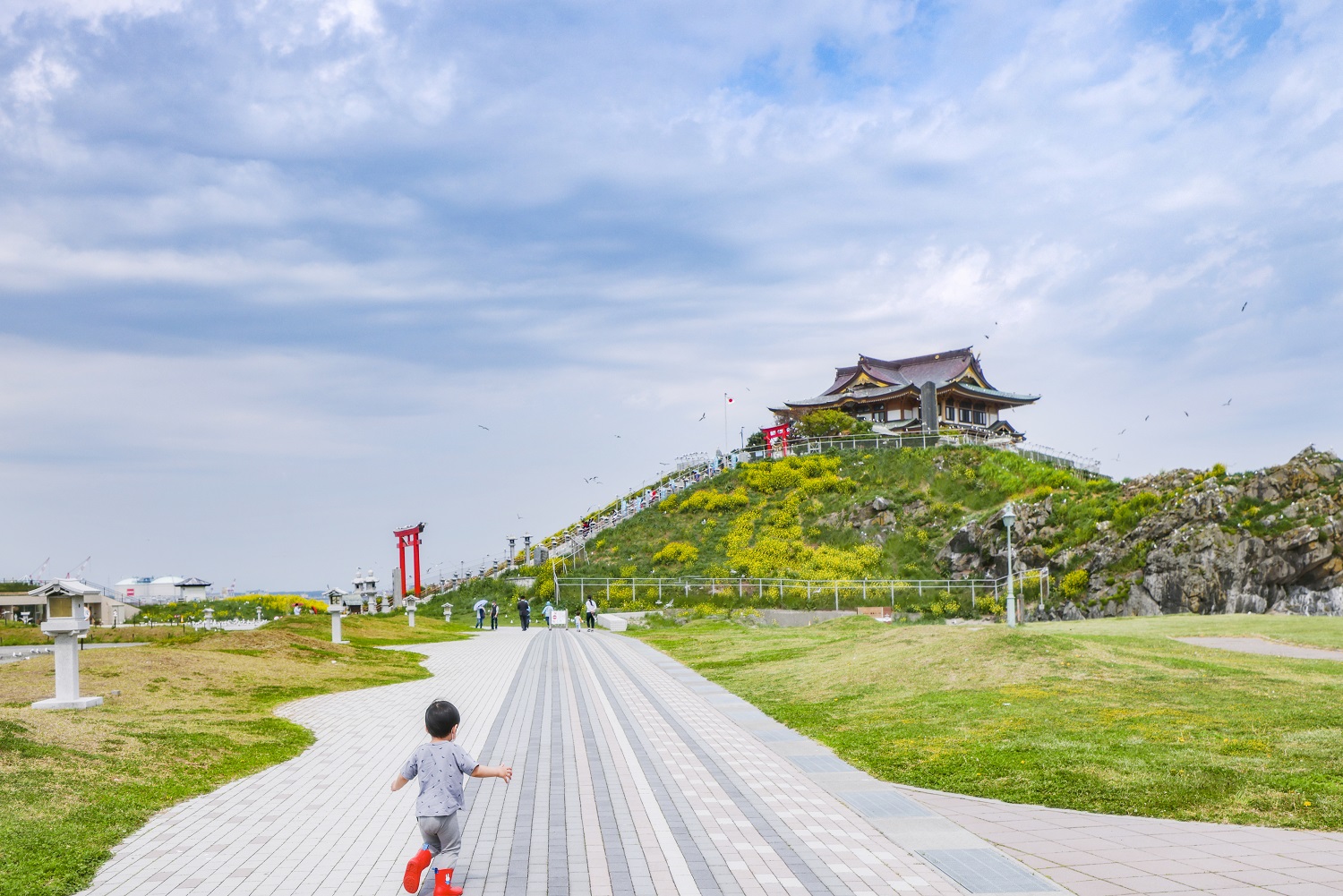
The “Kabushima Shrine” enshrines the guardian deity of business prosperity and safe fishing, located on “Kabushima Island“. The island is known as the breeding ground of the black-tailed gulls, and these gulls are cherished as a divine messenger that signals fishing grounds. Since the word “Kabu” in Kabushima can mean both “turnip” and “stock” in Japanese, the “Kabuagari Hyotan amulet” are popular, for it is said to bring prosperity to your stock prices in the market and for your popularity “stock”. If you are hit by a bird dropping, the shrine will present you with a “Certificate of Good Luck”, as a sign of good luck received from black-tailed gulls, a messenger from Benzaiten.
Kumano Shrine
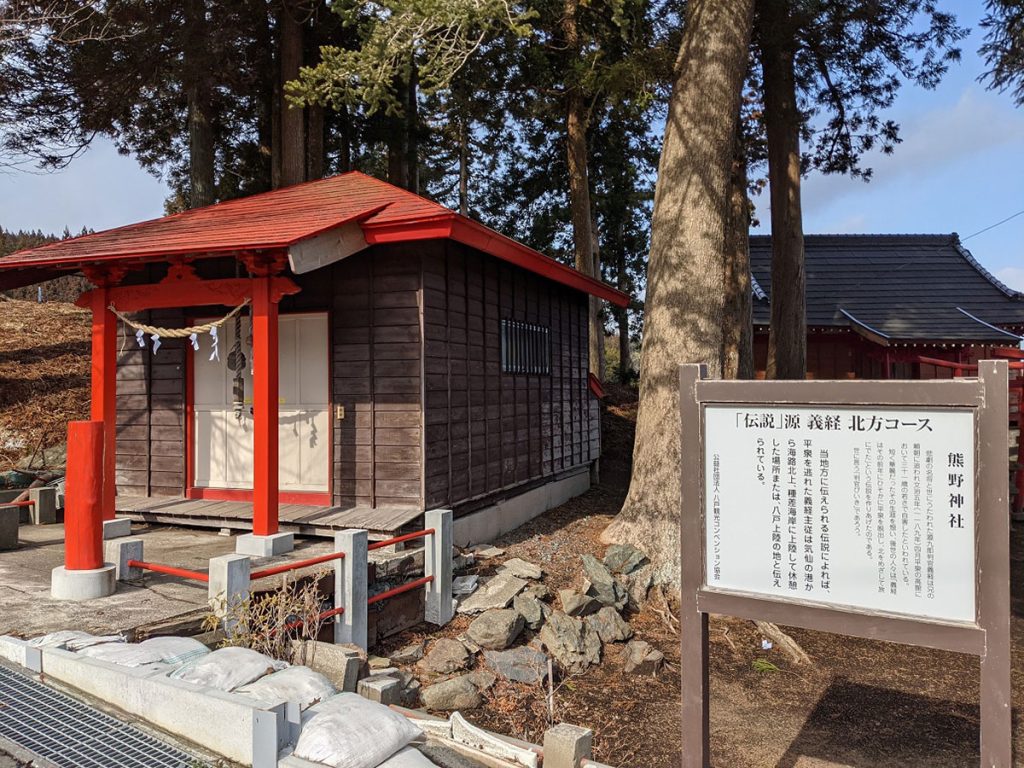
Located on a low hill near the JR Tanesashi Kaigan Station. According to the legend of Yoshitsune’s Flight North, Yoshitsune, the famous samurai and his troops escaped Hiraizumi by sea and landed on the Tanesashi Coast, and stopped to rest at this shrine located several hundred meters in to the mountains.
Itsukushima Shrine (Benten Island)
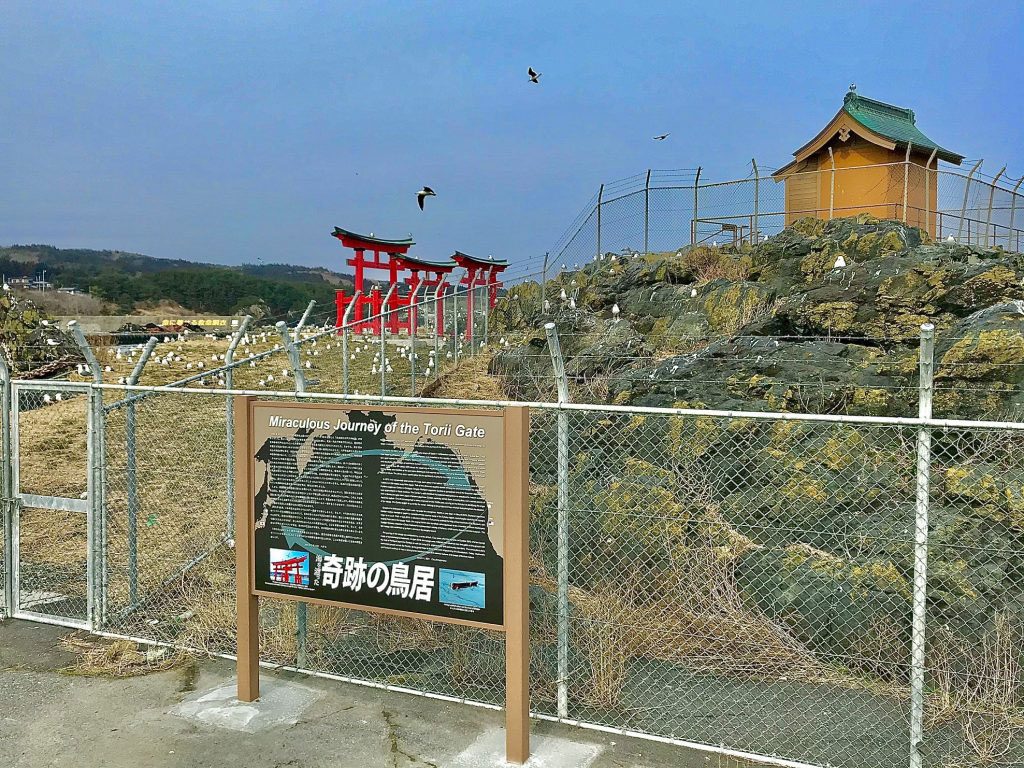
Itsukushima Shrine, with Miyajima as its head shrine, is also located in Hachinohe. Once an island, it is now connected to the Okuki Fishing Port by land. The torii gate was washed away by the tsunami of the Great East Japan Earthquake, but a part of it was found in Oregon, USA about 7,000 km away, and became the subject of much discussion. It was later returned, restored, and rebuilt after four years and nine months, and is known as the “Miraculous Torii Gate”.
▶︎MAP
Shiogama Shrine

The Shiogama Shrine is located on a huge boulder next to the Kanahama Port where salt production used to take place. The deity of sea voyages and tides “Shiotsuchi-no-Oji” is enshrined here.
Tomarikawa Shrine
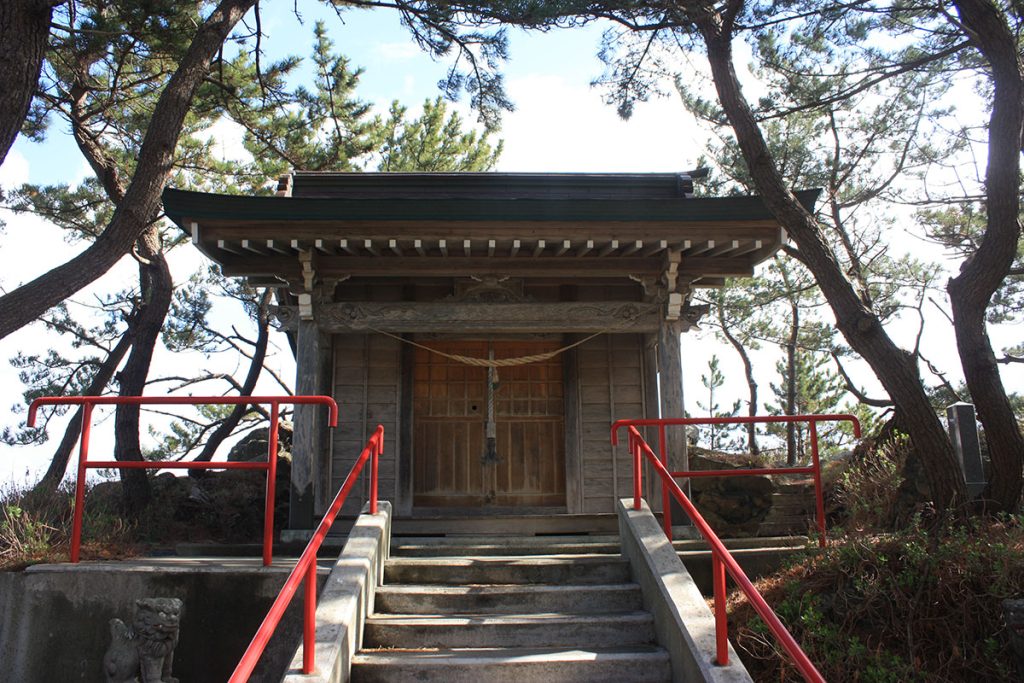
The legend of the giant octopus is passed down at Tomarikawa Shrine. There was once a large swamp in the pine forest in this area. After an incident in which cows, horses, and passersby were dragged and drowned by the giant octopus that lived in that swamp, the Tomarikawa Shrine was built on a rock to calm the giant octopus. It is called “Tako-jinja,” or “Octopus Shrine”, and is said to bring blessings for eye diseases as the octopus has sharp and strong eyes.
Terashita Kannon
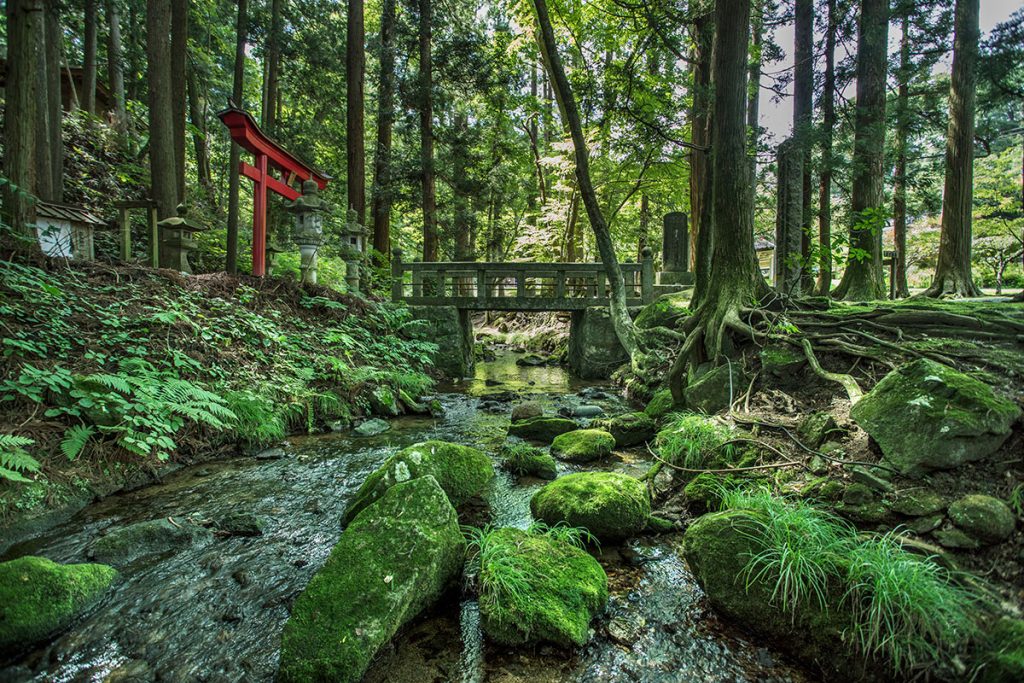
At the foot of Mt. Hashikami which refers to the area at the base of the sacred mountain, that collectively includes the “Kannon Hall”, the “Ushioyama Shrine”, and the “Terashita Waterfall”. It is the first temple on the Oshu-Nanbu-Nukanobu’s 33 temple pilgrimage route (Nukanobu is the general term for the northern part of Iwate Prefecture and the eastern part of Aomori Prefecture since the late Heian Period) and has been regarded as a place of pilgrimage since the ancient times. There is also one of the oldest lighthouses in Japan, “Tomyo-do” (sacred lantern hall) which is said to have been built in 1729 to pray for the safety of ships. According to “Yoshitsune’s Flight North”, there are boulders called “Benkei-no-Itto-Seki” and “Ushiwaka-Benkei-Sumo-Toriishi” on the approach to the Tomyo-do, and at the Terashita Kannon, there are 576 of the 600 scrolls of the “Great Perfection of Wisdom Sutra” that are said to be transcribed by Benkei.
Mt. Hashikami
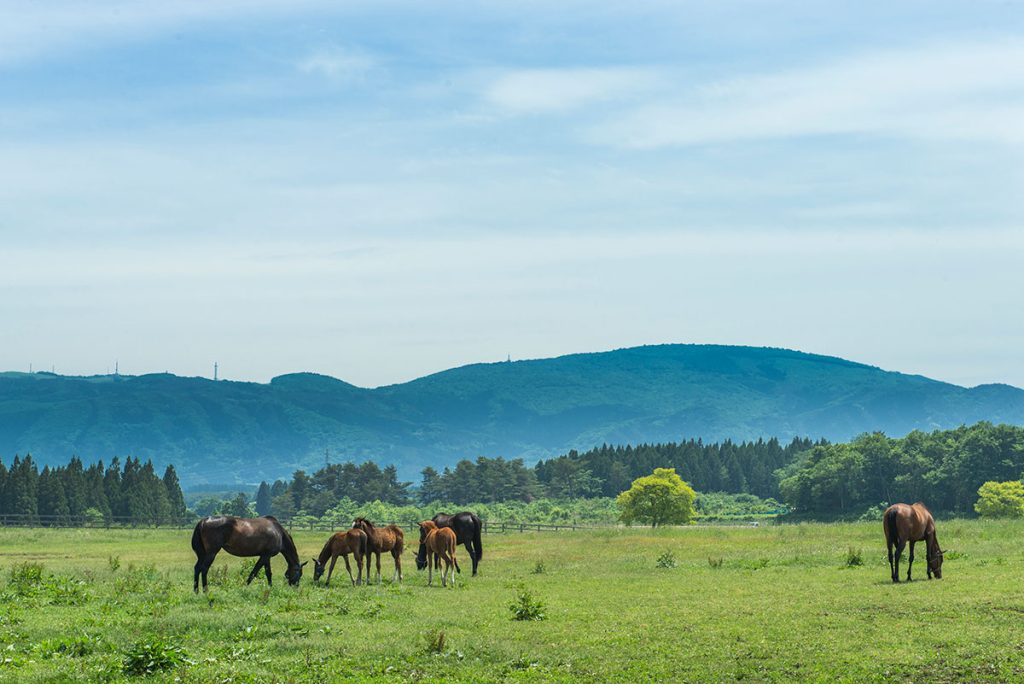
“Mt. Hashikami” with a view of the Pacific Ocean and the Hakkoda mountain range, is also known as “Gagyu-zan”, as it looks like a cow lying down. The spring water said to be rare on the summit of the mountain, is called “Ryu-jin-sui” (dragon god water), and the god of water (Ryu-jin dragon god) is enshrined here.
▶︎MAP
